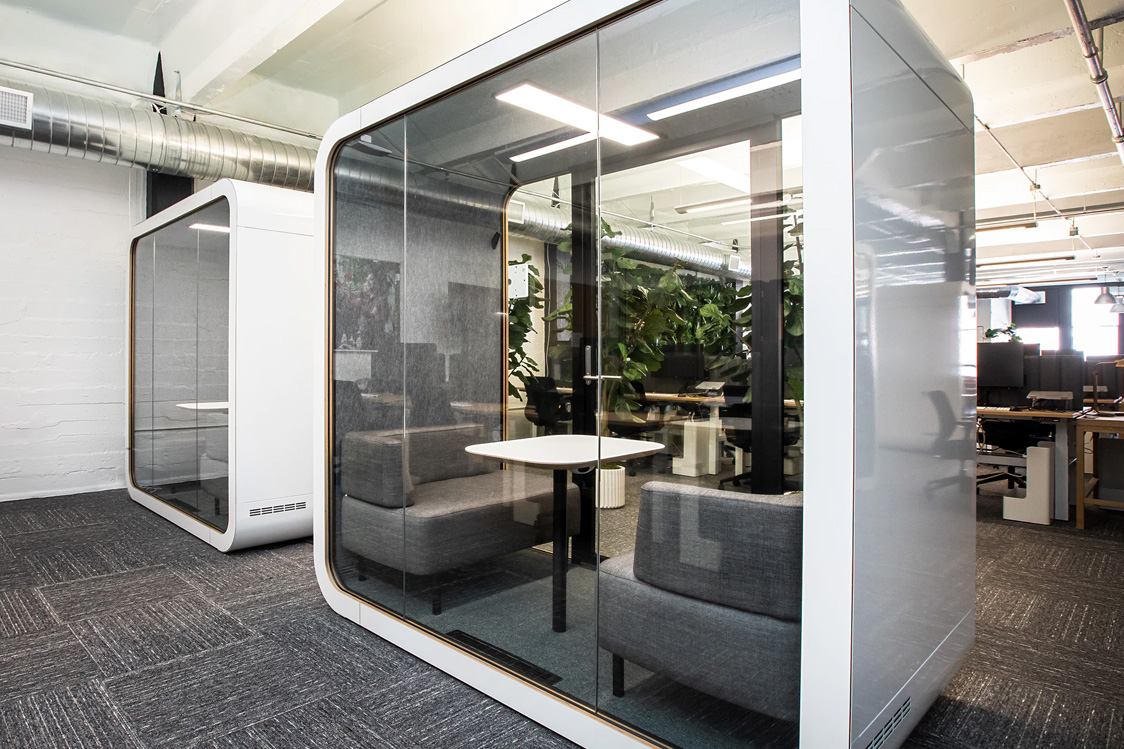During 2020, many workplaces have become virtual offices with little time or chance to achieve a smooth transition in working practices – and in many cases, literally overnight in response to COVID-19 lockdowns.
However, these working practices are nothing new. In addition to our serviced offices and meeting rooms, we have been offering virtual offices in London and Manchester for years already.
Virtual offices are a ‘best of both worlds’ solution for sole traders and small businesses, who benefit from a professional postal address and access to our on-site meeting rooms in Manchester and London, with minimal overheads.
But in response to COVID-19, organisations of all sizes are moving teams over to virtual methods of working – so what are the best ways to manage those teams remotely?
Trust and flexibility
The LSE Business Review recommends ‘devolving’ leadership and putting more trust in middle management and team leaders in order to maintain positive relationships despite being unable to meet face to face.
“This shift requires us all to consciously discuss progress, as well as share both good and bad news equally and openly,” writes business school instructor Francis Norman on the LSE Business Review blog.
He adds that companies may want to allow more flexible working hours in recognition that the employee’s home might not be a conducive working environment during normal office hours.
Instead, employers could learn to value this flexibility, with some employees working at “unusual hours” as long as targets are reached and deadlines are met.
‘Don’t be everywhere’
The article notes that successful leadership across virtual offices means managers must not attempt to be everywhere at once – and should not rely on video calls as a direct substitute for face-to-face contact.
“Internal business communications must become more organic and responsive,” Mr Norman writes, “choosing the appropriate medium for each activity.” Examples include voice calls and emails, both of which should not be forgotten in this era of video conferencing.
“Effective leaders of these distributed teams have also realised they cannot be everywhere at once and, consequently, are unable to make informed decisions.” Instead, some decisions may be made at a lower level by employees who are “closest to the action”.
Targets, not time sheets
During this turbulent time, virtual offices in Manchester and London allow organisations in some of the UK’s busiest business districts to maintain operations while adopting remote, socially distanced working practices.
Virtual offices have many benefits for businesses of all sizes, cutting overheads, eliminating problems arising from transport interruptions and commute delays, and allowing employees to work comfortably – and safely – from their own home office.
In return, managers and team leaders need to be ready to put some trust in teams to get the job done, and to be flexible on topics like working hours and constant video contact if it means targets and deadlines are more likely to be met.
The changes we have seen in 2020 are unlikely to be fully reversed in the years to come – and with many benefits to be gained from increased use of virtual offices, this is a real opportunity for forward-thinking organisations to gain a competitive edge during the upcoming economic recovery.

